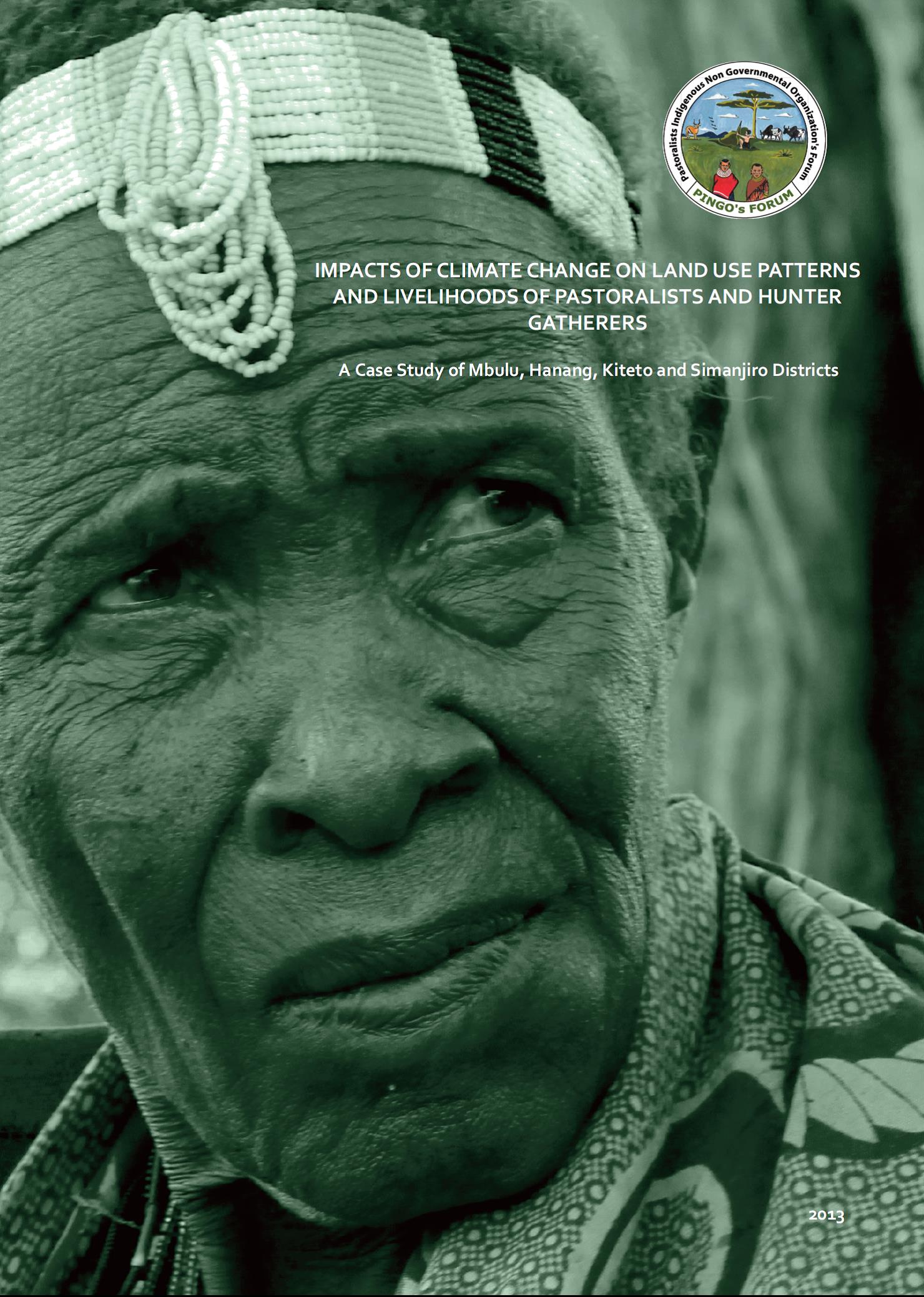Regime shift on the roof of the world: Alpine meadows converting to shrublands in the southern Himalayas
Worldwide, changing climates and land use practices are escalating woody-plants encroachment into grasslands, reducing biodiversity and altering ecosystem functions. The loss of alpine grasslands is a major conservation concern as they harbor many rare and endemic species. Alpine meadows in Northwest Yunnan, China, represent a global biodiversity hotspot with high species richness, beta diversity, and endemism. Shrubs have expanded greatly in the region and threaten alpine meadow biodiversity.





